Tim Blum and Jeff Poe founded Blum & Poe gallery in Santa Monica in 1994. A couple of moves later, and after opening a couple of new spaces in New York and Tokyo, they still make Los Angeles, and their current 22,000-foot space on La Cienega in Culver City, their home base. Blum and Poe were the first to champion artists like Takashi Murakami, and they continue to represent Asian artists and show historically contextualized, rather than market-driven, exhibitions. When we spoke with them early this year, their exhibitions in New York and Los Angeles were prime examples of that ideal—a survey of paintings by Beijing-based painter Zhu Jinshi and “Dansaekhwa and Minimalism,” the first survey of Korean monochromatic painting with American Minimalism. We spoke with Blum and Poe about growing, maturing, and changing alongside their artists. Their current show in Los Angeles, Julian Schnabel‘s “Infinity on Trial” is on view through April 30.
WHITEWALL: How do you see the programming between your galleries in Los Angeles, New York, and Tokyo comparing?
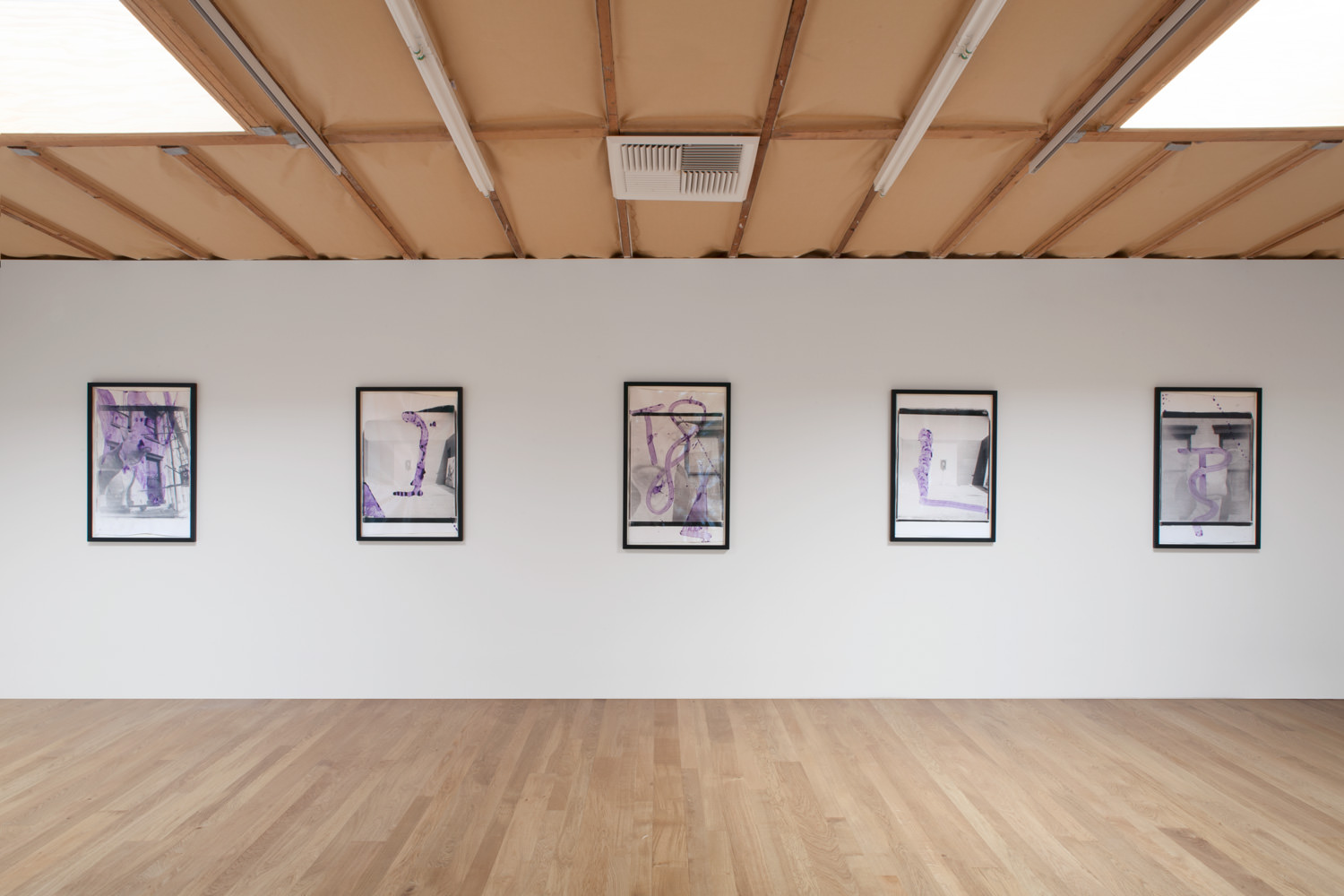
Installation view of “Infinity on Trial”
Courtesy of Blum & Poe
TIM BLUM: L.A. is considered to be the mother ship, as it were. It’s where it all started. We’re identified with L.A., and it’s our largest footprint. Tokyo came naturally because we’ve been doing so much work there for 25 years with lots and lots of artists that we’re representing, Japanese, Korean, and Chinese. We really did need a hub over in Asia, and we’ve been open since October 2014. We haven’t really shown much Japanese work there, in fact, or even Asian. We just did a Sam Durant show, we’re opening a Matt Saunders show this week, we did Penny Slinger, we did Yoshitomo Nara last year. It’s kind of a more fluid thing; we’re really a free space with a nice program that makes sense for Tokyo and for Tokyo arts, gets a conversation going.
The New York space really started out as being an arm to show a lot of the postwar, Japanese and Korean work that we’ve been working with because none of these artists had had solo shows anywhere in America. We’ve been open since May of 2014, and the bulk of it, really, has been showing things that are vital in the global art world that are not being seen in New York City. These are artists that are much celebrated in Asia and have been getting a lot of attention in these group show efforts in the West.
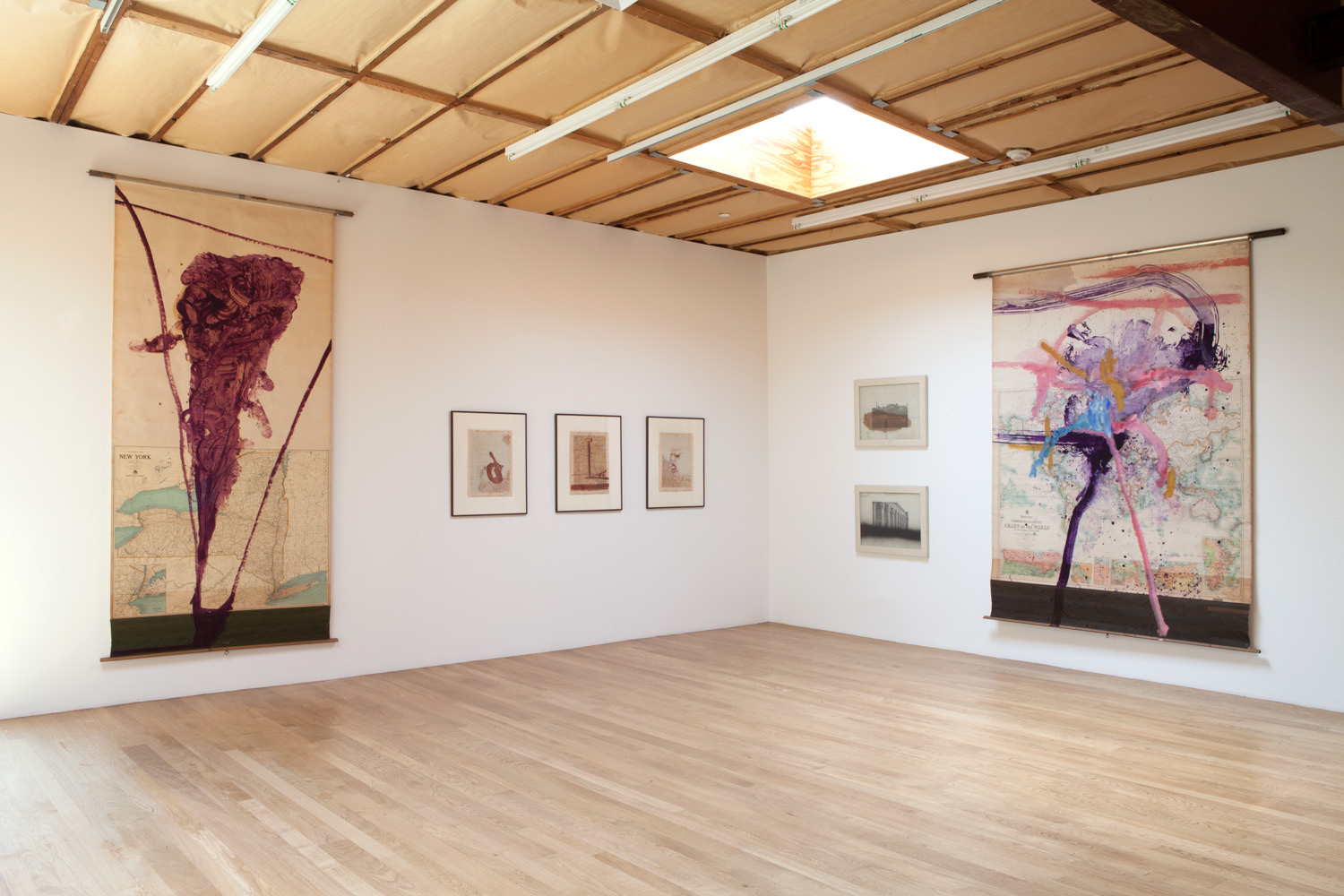
Installation view of “Infinity on Trial”
Courtesy of Blum & Poe
WW: Why does the New York space lend itself so well to those more historical and contextual shows?
TB: It seemed like the most natural thing for us was to go to the Upper East Side, into a more intimate atmosphere that’s not as fully loaded. We have the big box in L.A. and then we have these beautiful intimate spaces in New York and Tokyo. I mean, even the Mark Grotjahn show, which was the first show and the first test, just in these four rooms, 13 or 14 paintings in the show—it was so quiet in scale. People were interested in the intimacy of it. It feels a lot more friendly.
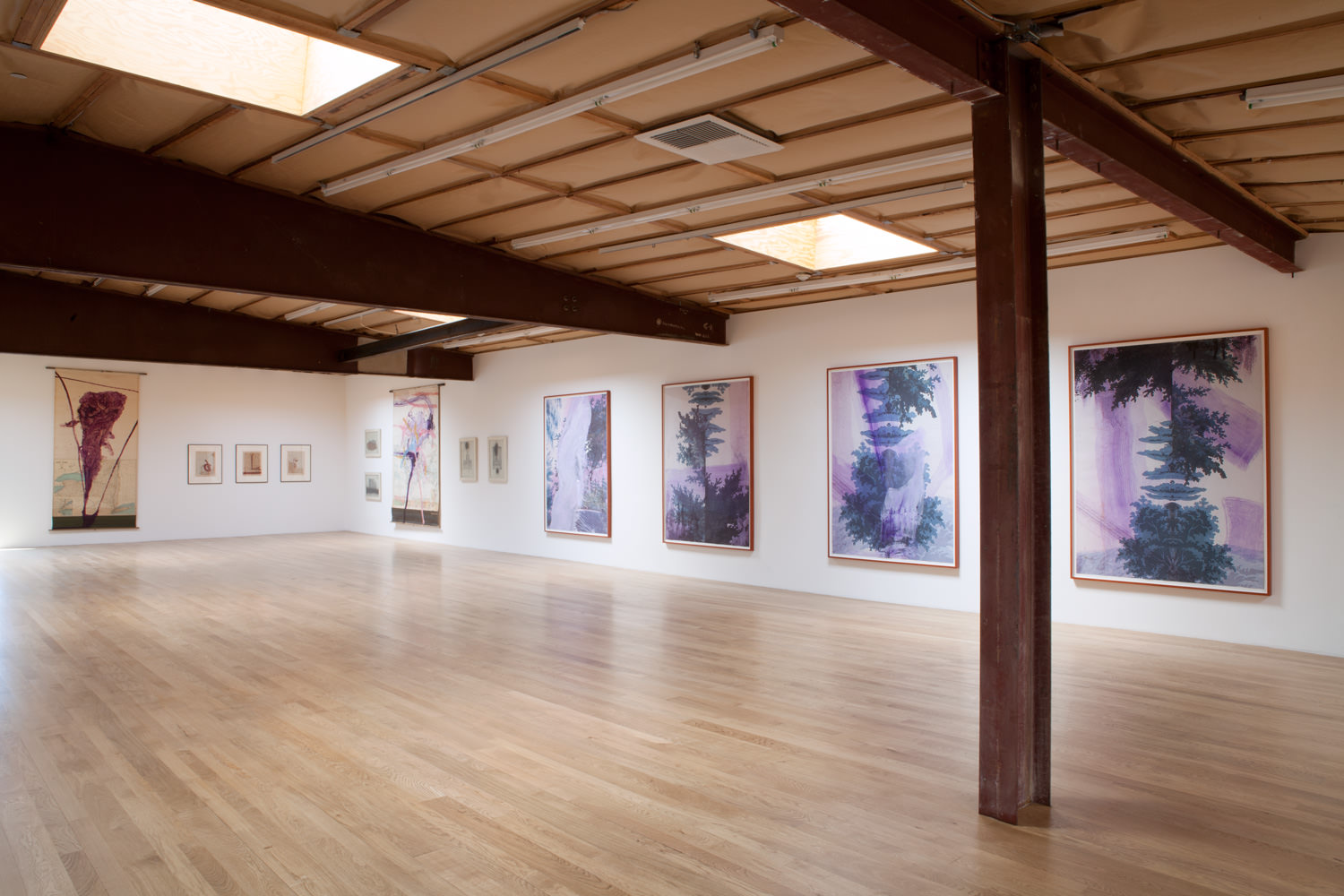
Installation view of “Infinity on Trial”
Courtesy of Blum & Poe
WW: Can you tell us about putting together your recent show in Los Angeles, “Dansaekhwa and Minimalism,” which juxtaposed Minimalist work by both Korean and Western artists?
TB: We did a Dansaekhwa show in 2014, following the heels of the Mono-Ha show that was in 2012. This one was curated by Joan Kee. This work hadn’t been seen in any great way outside of Asia, but you got this sense that people would absorb it and embrace it and that it should be seen in the context of the global art world. It’s essential for this kind of stuff to be seen in that context, side-by-side. First, you have to set the stage by doing a show that shows the work of the group in their own context, and then I wanted to do something that juxtaposed it with the West. It could have been global, but I restricted it to just America. Part of the main interest is bridging these gaps of history.
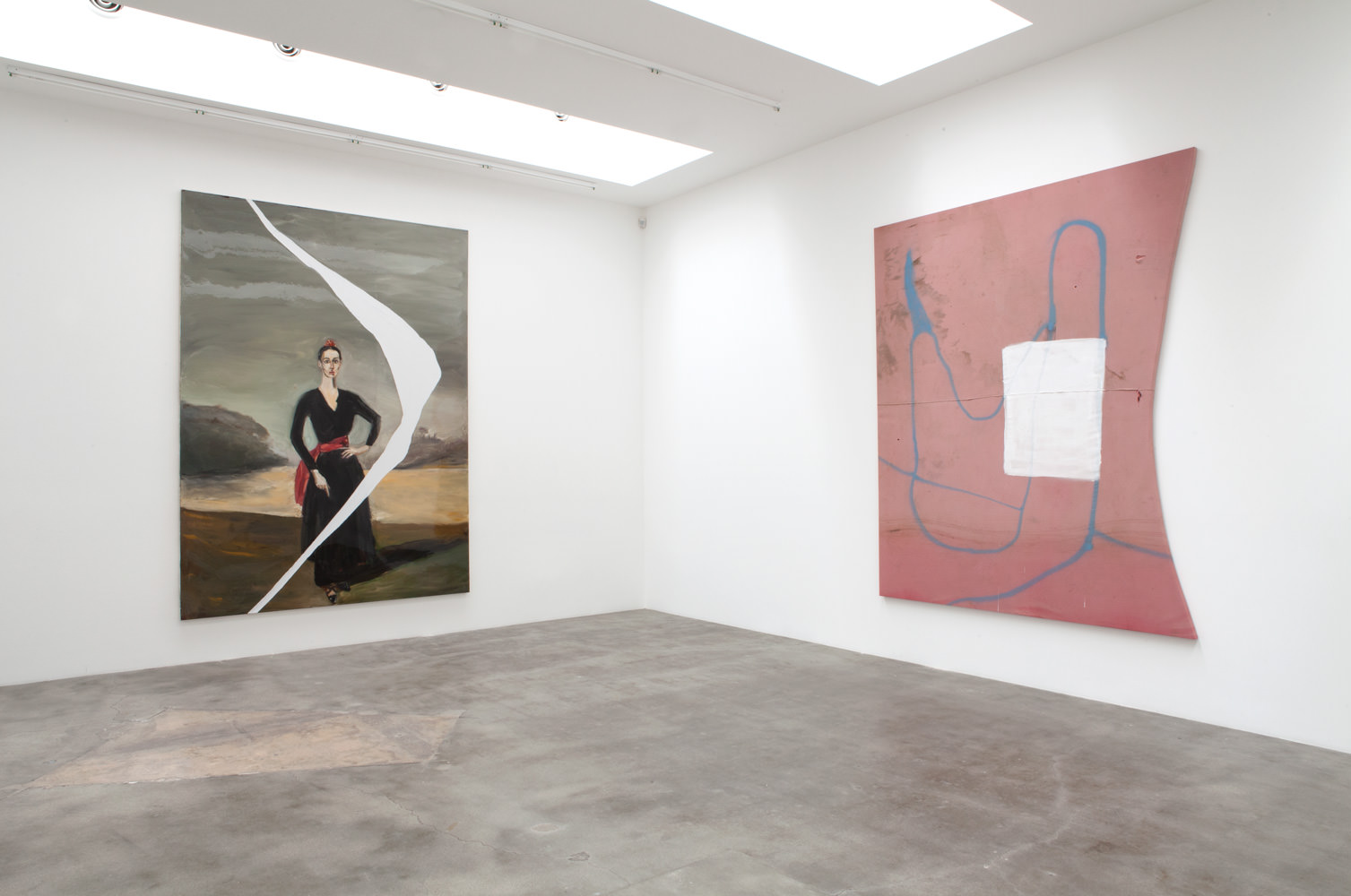
Installation view of “Infinity on Trial”
Courtesy of Blum & Poe
WW: This spring you’re showing work by Julian Schnabel. Can you tell us about that show?
JEFF POE: I don’t think Julian’s really, truly gotten his correct due. An assessment of Julian, and how influential he’s been over the almost 40 years he’s been working, and how he touched so many, is due. He’s gone down so many avenues, so much earlier than so many artists who are working today, it’s kind of amazing how forward-thinking he was and continues to be.
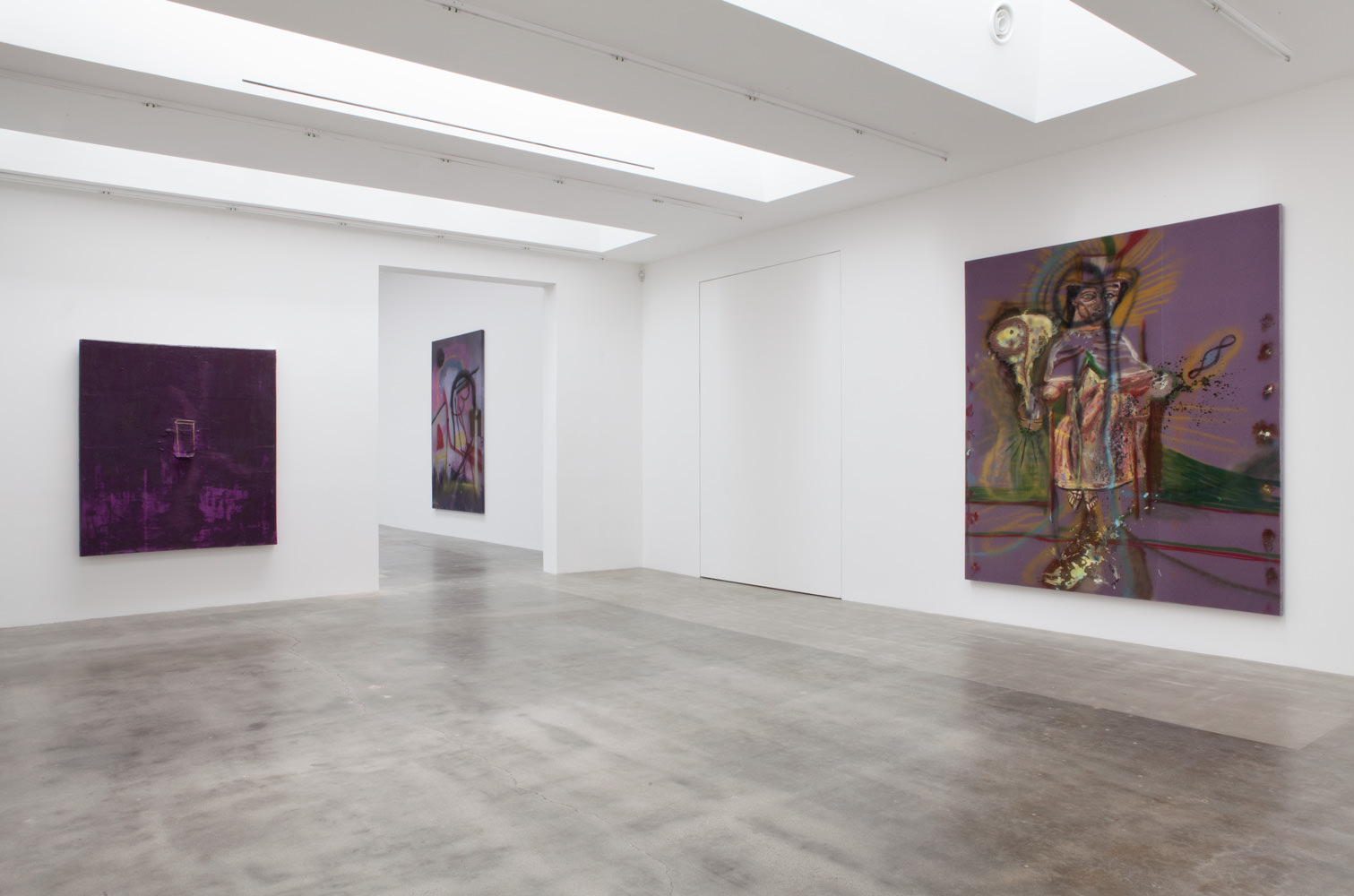
Installation view of “Infinity on Trial”
Courtesy of Blum & Poe
What we are doing is a curated show with Alison Gingeras. It is a historical exhibition, showing what the kind of through line of the work is, which, as far as I’m concerned, is this emotional touch that gets lost in the large, sometimes operatic vision he holds. Within the large canvas that he plays in, there is an enormous amount of emotion there. It’s a real look at Julian, and what he does. God, let’s face it, he’s a badass. I mean, he really is. So we’ll show some old and new work together. It’s really about authorship and touch, and his brushstroke. There is kind of a great historical brushstroke that exists. He’s a really thoughtful, generous guy, too. And I think people get intimidated when they hear about him, and that’s not the intent here at all.
So I’m happy we’re doing this show with him. Hopefully people will see and, more importantly, feel what Julian’s about. That’s really the intent here.
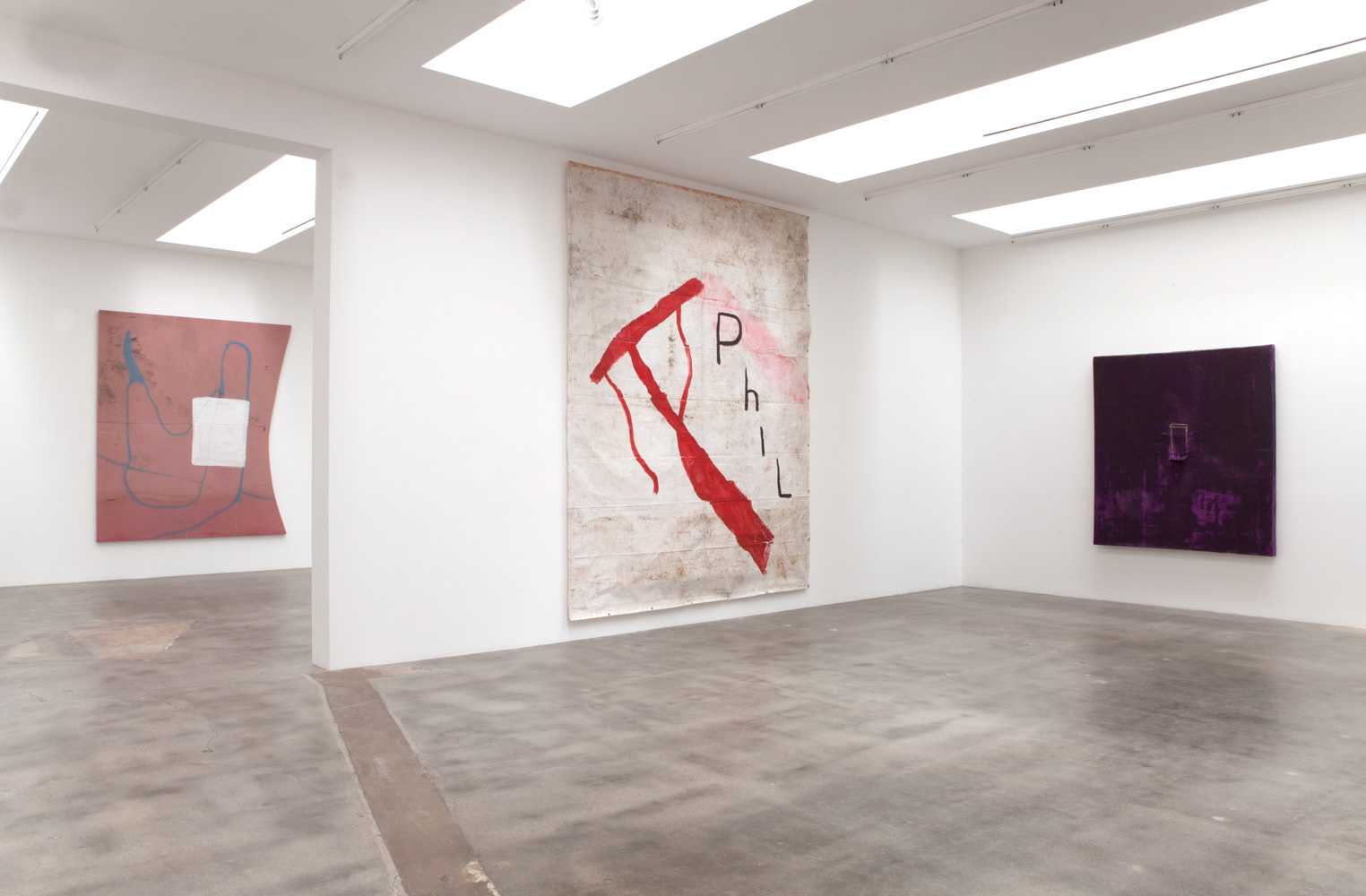
Installation view of “Infinity on Trial”
Courtesy of Blum & Poe
WW: You’ve also talked about growing up as a gallery alongside the artists you represent, sometimes for 10, 15 years, and the necessity to change . . .
TB: That’s the thing—you have to keep evolving, just like an artist does. Some of our artists I’ve worked with for 25 years. Like Murakami, that’s 25 years. Literally. I’ve worked with Grotjahn for 18 to 19 years. Nara, 19, 20 years. Sam Durant, same thing. We’re now doing more historical things that may seem not quite directly related to what we have done with our generation. But of course, the postwar Asian work directly relates. There’s a through line in Murakami, in Superflat, to Mono-Ha, to Dansaekhwa. The through line keeps on getting constructed. It’s not random. Suddenly you find yourself looking backward in order to go forward.
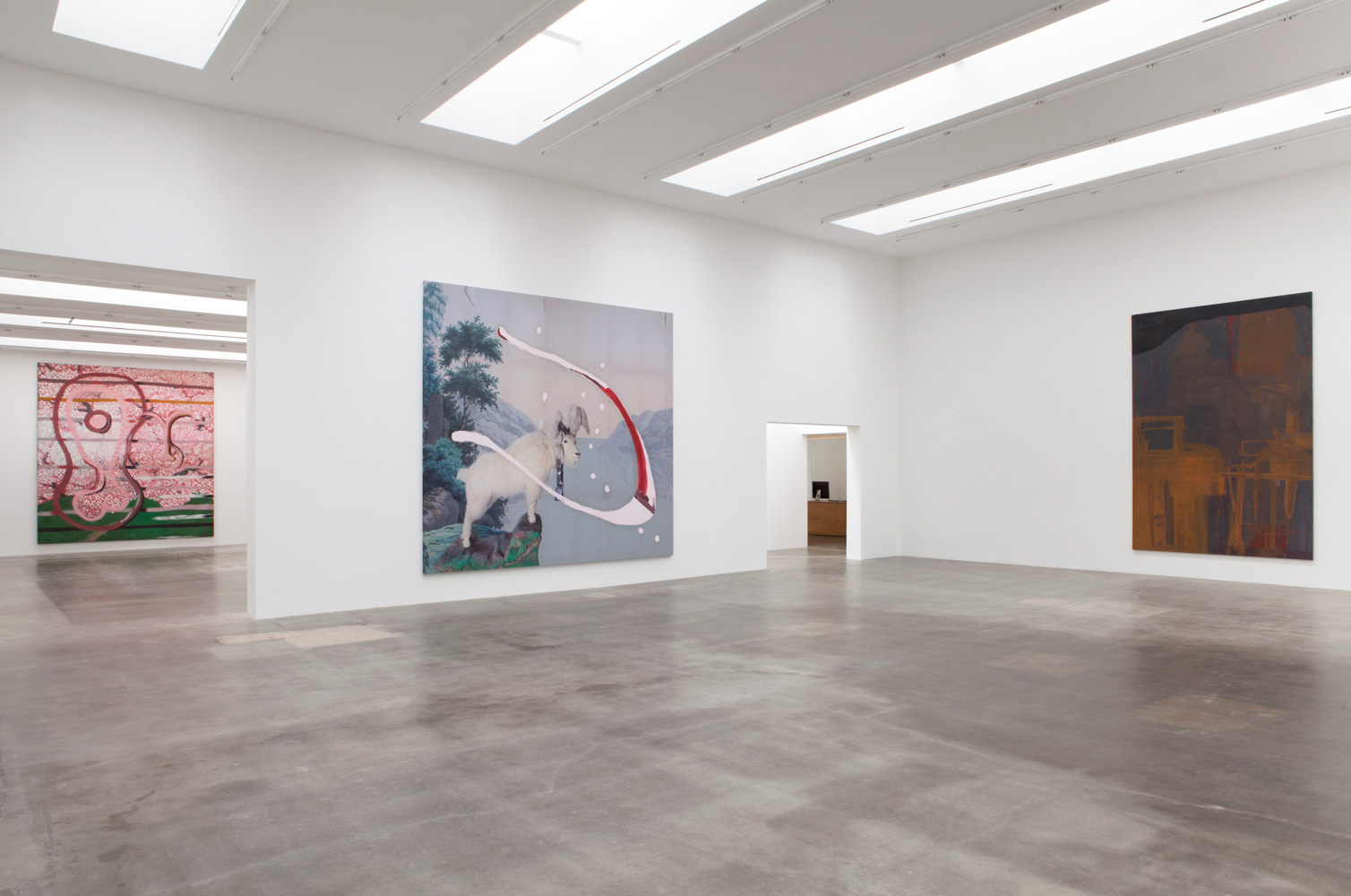
Installation view of “Infinity on Trial”
Courtesy of Blum & Poe
JP: Over time, the gallery has grown, and a lot of the artists that we work with, most of them, are now midcareer. And we’re midcareer dealers. So do we continue the path of finding the young artists—or do we actually kind of grow into this, into something older, more historically based work and move the gallery toward that? Not to say it’s “either/or.” We’ve shown Theodora Allen, who is a young artist. But the gallery’s attention has gone toward more historically based work, uncovering these histories with Mono-Ha, Dansaekhwa, CoBrA, bringing Karel Appel back. It’s something that’s been very present and on our minds as we get older and the gallery changes. We have to move forward with our own interests, and as we build this platform, utilize it in a way that’s interesting and appropriate. We can still play and we will do interesting things, but we’re in our fifties. We’re going to be more into things that are more interesting to us in the long run, and I think the opportunity for us to be able to be involved in a certain subset of connoisseurship is something that we have to take advantage of. Because we have the platform to do it.
It’s a business, but the best part of it is that it’s people; it’s families. I’ve seen people get married, have kids, get houses, settle down. There’s been life and death and the whole thing. You know, it’s wonderful, it’s great! It’s been an amazing thing to be involved in, and to witness and continue to be around, and it’s what makes it all the worthwhile.
A version of this article is published in Whitewall‘s spring 2016 issue.








